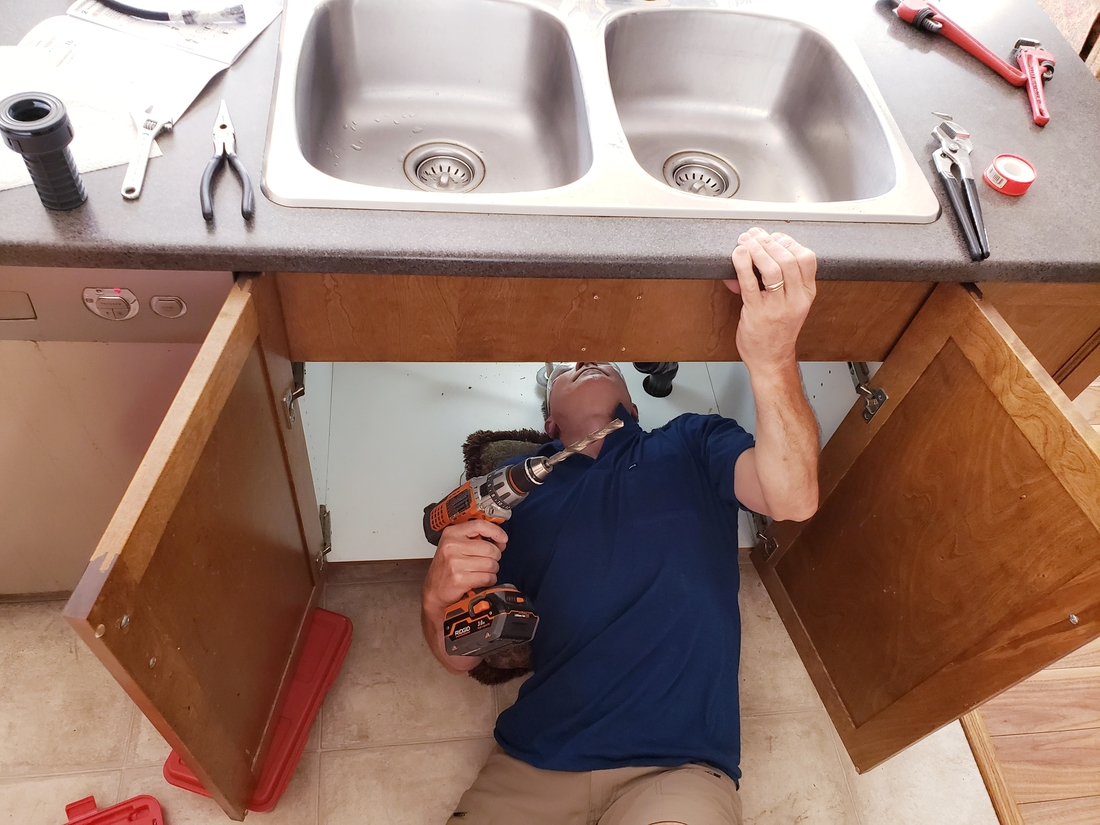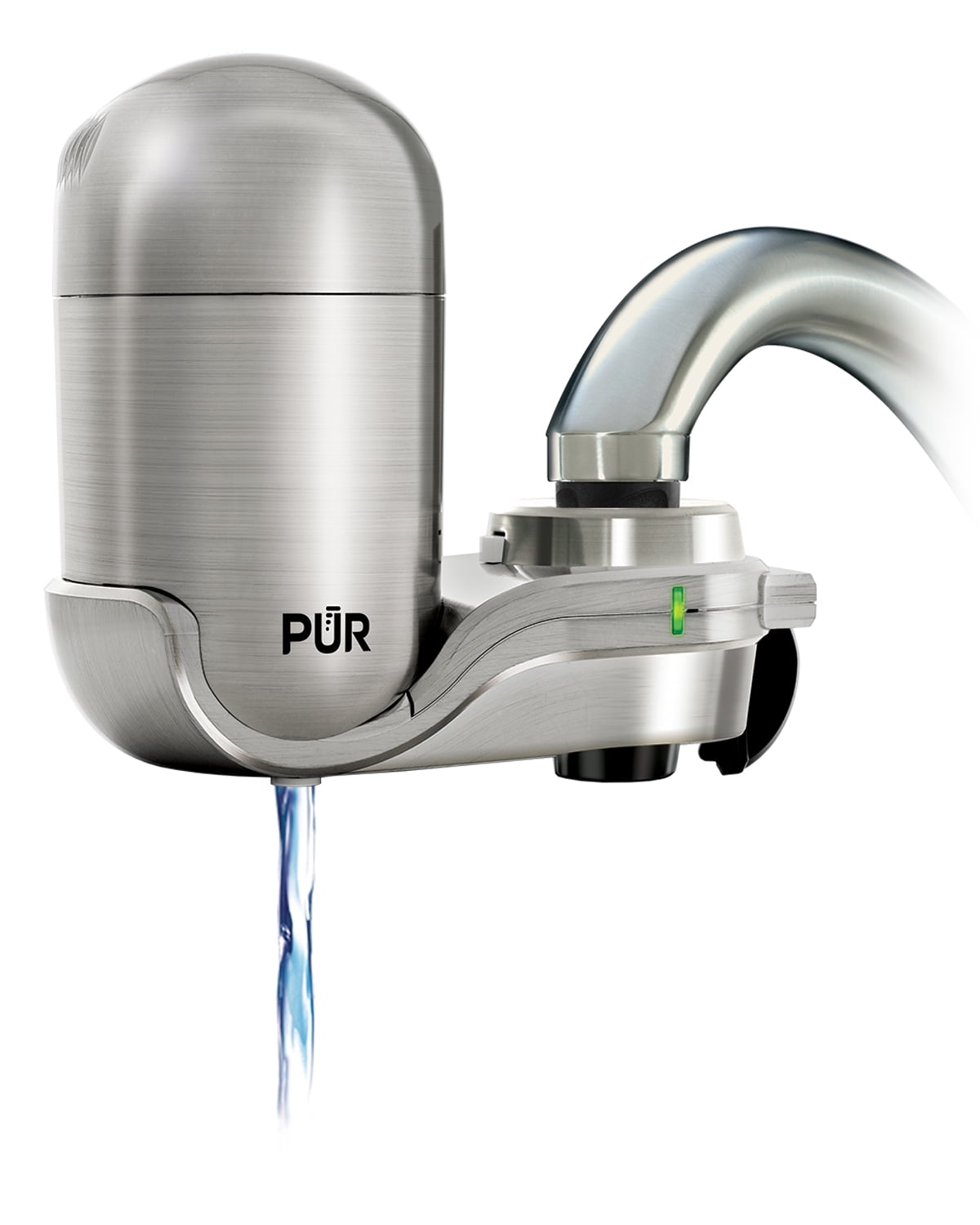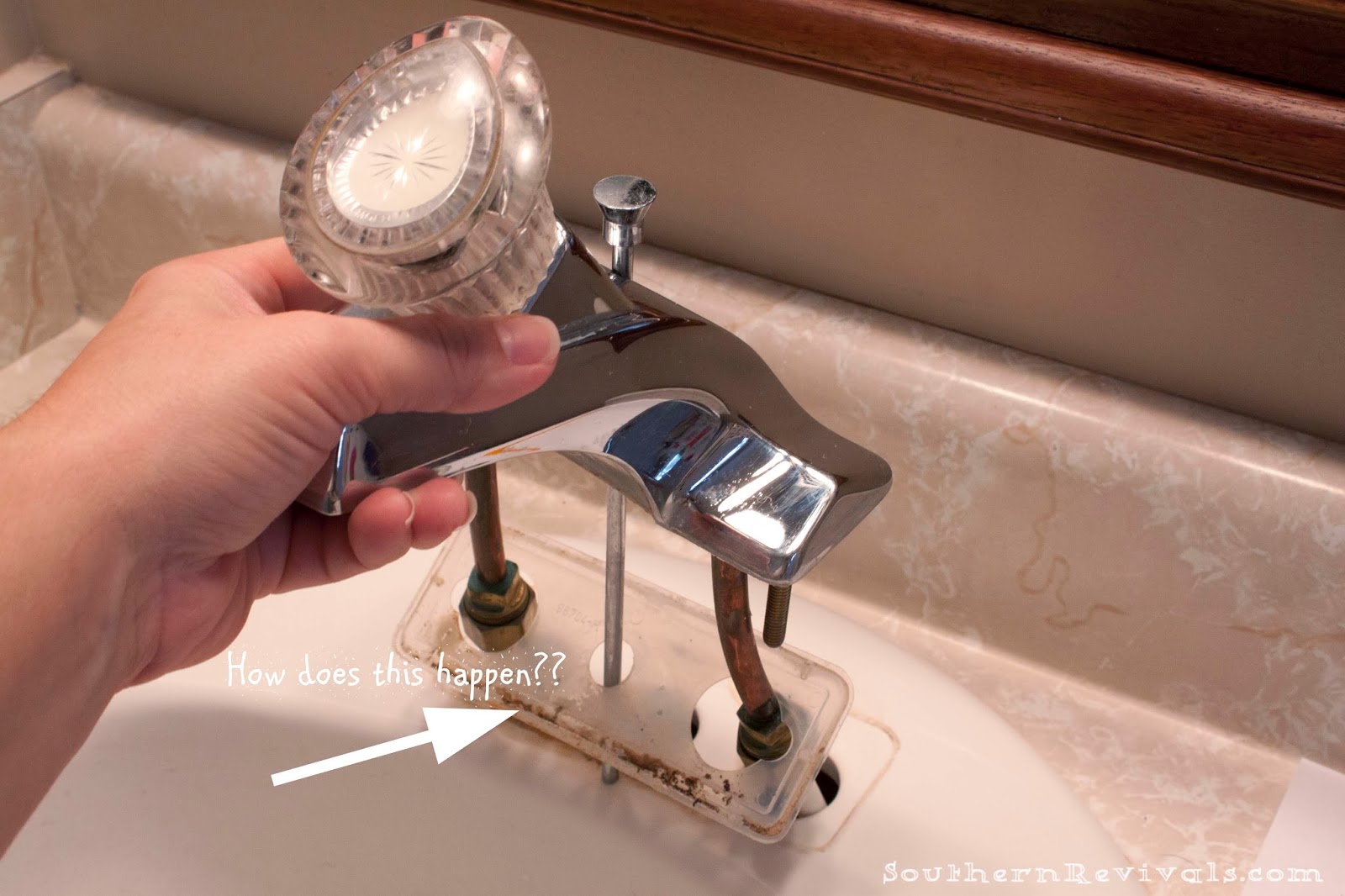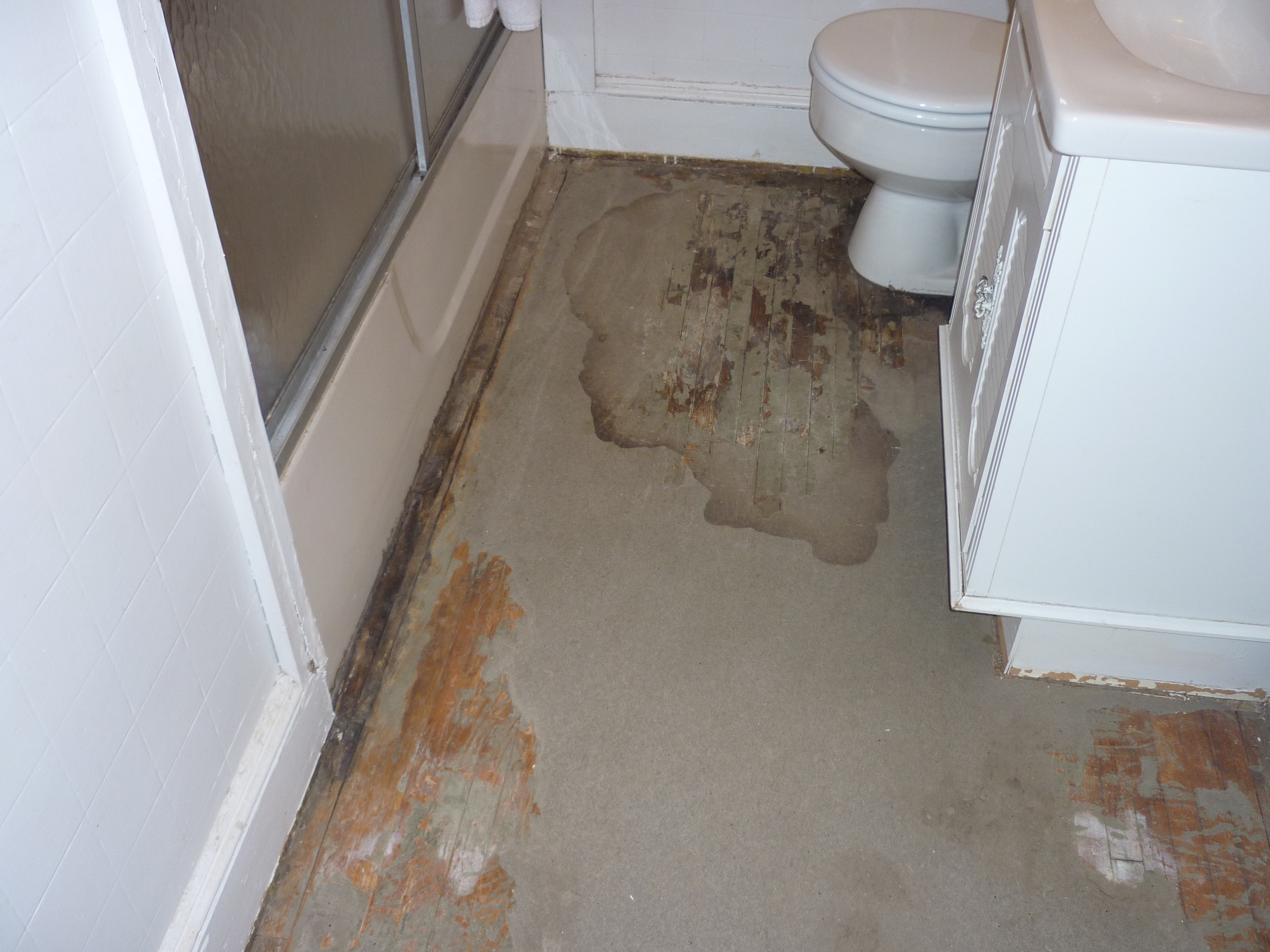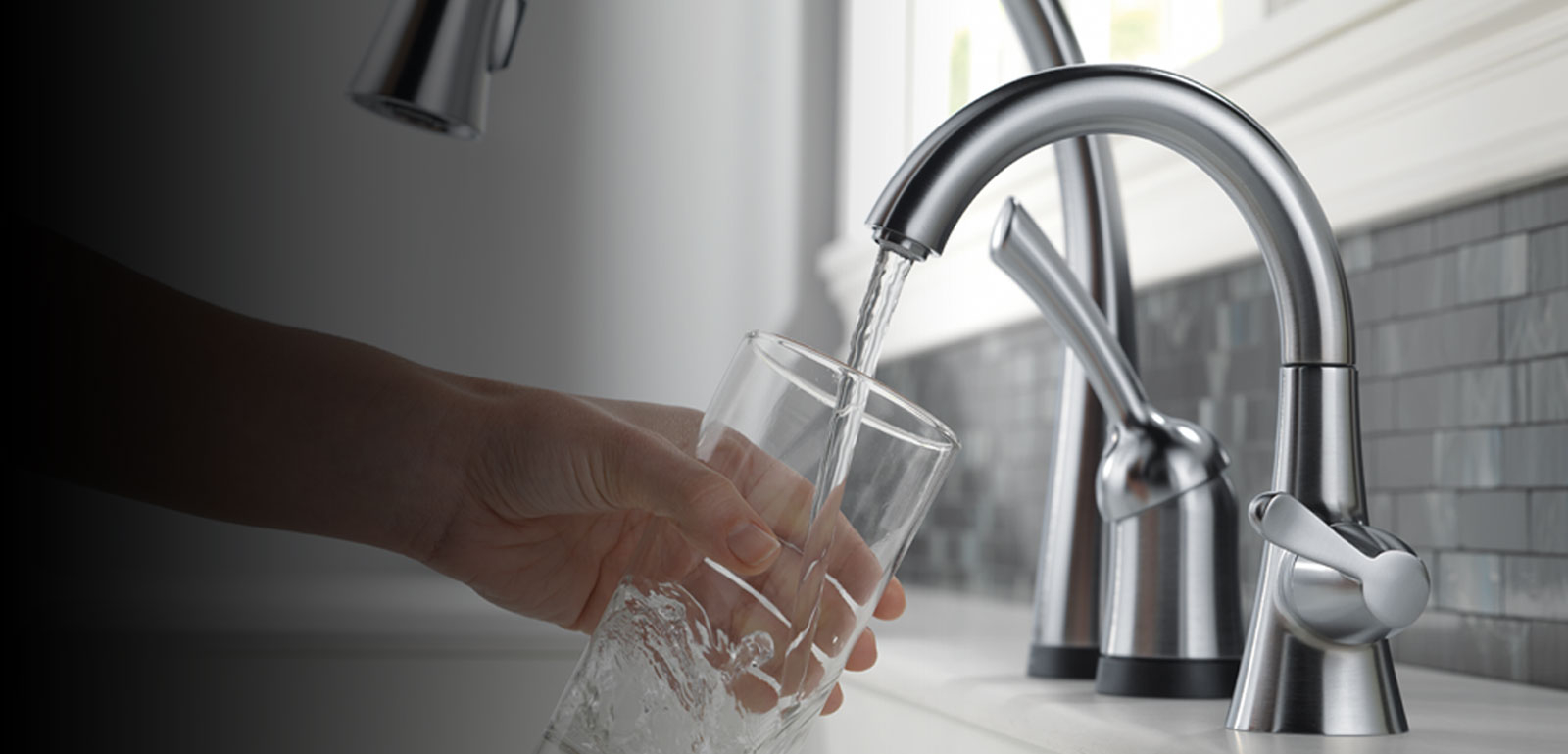Water damage is a common problem in bathrooms, and one of the main culprits is the sink faucet. A leaky faucet can cause significant damage to your bathroom, from mold growth to structural damage. In this article, we will discuss the top 10 ways to prevent and repair bathroom sink faucet water damage.Bathroom Sink Faucet Water Damage:
A leaky bathroom sink faucet is not only annoying, but it can also cause water damage if left untreated. The first step to fixing a leaky faucet is to identify the source of the leak. It could be a worn-out washer, a loose valve, or a cracked pipe. Once you have identified the problem, you can either fix it yourself or call a professional plumber.How to Fix a Leaky Bathroom Sink Faucet
There are several common causes of bathroom sink faucet water damage. One of the most common causes is a worn-out washer, which can cause the faucet to drip constantly. Another common cause is a loose valve, which can cause water to leak from the base of the faucet. Other causes include cracked pipes, faulty seals, and clogged drains.Common Causes of Bathroom Sink Faucet Water Damage
It is essential to regularly check for signs of water damage under your bathroom sink. Some of the most common signs of water damage include discolored or warped cabinets, musty odors, and mold growth. If you notice any of these signs, it is crucial to address the issue immediately to prevent further damage.Signs of Water Damage Under a Bathroom Sink
The best way to prevent water damage from bathroom sink faucets is to regularly maintain and check for any leaks. You should also avoid using harsh chemical cleaners, as they can damage the faucet and cause leaks. Additionally, make sure to turn off the water supply when not in use, especially when going on vacation.Preventing Water Damage from Bathroom Sink Faucets
If your bathroom sink cabinets have already suffered water damage, it is crucial to repair them as soon as possible. The first step is to remove any damaged materials, such as warped wood or moldy caulk. Then, thoroughly clean and dry the area before replacing any damaged parts and sealing any gaps with waterproof caulk.Repairing Water Damage to Bathroom Sink Cabinets
If your bathroom sink faucet is beyond repair, you may need to replace it. The first step is to turn off the water supply and remove the old faucet. Then, choose a new faucet that fits your sink and follow the manufacturer's instructions for installation. Make sure to test for leaks once the new faucet is installed.How to Replace a Bathroom Sink Faucet
Mold is a common problem when it comes to water damage in bathrooms. If you notice any mold growth from a leaky faucet, it is crucial to address it immediately. You can use a mixture of water and vinegar or a commercial mold cleaner to remove the mold. It is also essential to fix the source of the leak to prevent future mold growth.Dealing with Mold from Bathroom Sink Faucet Water Damage
In addition to preventing water damage, choosing a water-efficient bathroom sink faucet can also help you save money on your water bill. Look for faucets with the WaterSense label, which indicates that they meet the EPA's water efficiency standards. You can also opt for a low-flow faucet, which can save up to 30% more water than a traditional faucet.Tips for Choosing a Water-Efficient Bathroom Sink Faucet
Regular cleaning and maintenance can help prevent water damage from your bathroom sink faucet. You can use a mixture of dish soap and warm water to clean the faucet and wipe it dry with a clean cloth. Additionally, make sure to check for any leaks or signs of damage regularly and address them promptly. In conclusion, bathroom sink faucet water damage can lead to significant problems if left untreated. By following these top 10 tips, you can prevent and repair any damage caused by a leaky faucet. Remember to regularly check and maintain your faucet to keep your bathroom safe and functional.
How to Clean and Maintain Your Bathroom Sink Faucet
Preventing Bathroom Sink Faucet Water Damage

How to Protect Your Home from Water Damage
 Water damage is a common problem that homeowners face, and one of the most vulnerable areas in the house is the bathroom. The bathroom sink faucet, in particular, is prone to causing water damage due to its frequent use and exposure to water. In this article, we will discuss the causes of bathroom sink faucet water damage and how you can prevent it.
Bathroom sink faucet water damage
can be caused by various factors such as leaks, drips, and clogs. These issues can slowly damage your sink and surrounding areas over time, leading to costly repairs and potential health hazards. It is essential to address these problems immediately to prevent further damage to your home.
Water damage is a common problem that homeowners face, and one of the most vulnerable areas in the house is the bathroom. The bathroom sink faucet, in particular, is prone to causing water damage due to its frequent use and exposure to water. In this article, we will discuss the causes of bathroom sink faucet water damage and how you can prevent it.
Bathroom sink faucet water damage
can be caused by various factors such as leaks, drips, and clogs. These issues can slowly damage your sink and surrounding areas over time, leading to costly repairs and potential health hazards. It is essential to address these problems immediately to prevent further damage to your home.
Regular Maintenance and Inspections
 One of the best ways to prevent
bathroom sink faucet water damage
is to perform regular maintenance and inspections. This includes checking for any leaks or drips, as well as clearing out any potential clogs in the faucet or drain. You can also opt to install a leak detection system that can alert you to any potential leaks or issues with your faucet.
One of the best ways to prevent
bathroom sink faucet water damage
is to perform regular maintenance and inspections. This includes checking for any leaks or drips, as well as clearing out any potential clogs in the faucet or drain. You can also opt to install a leak detection system that can alert you to any potential leaks or issues with your faucet.
Proper Installation
 Another critical factor in preventing
bathroom sink faucet water damage
is ensuring that your faucet is installed correctly. Improper installation can lead to leaks and drips, causing water to seep into your sink and surrounding areas. It is best to hire a professional plumber to install your faucet properly and prevent any potential water damage.
Another critical factor in preventing
bathroom sink faucet water damage
is ensuring that your faucet is installed correctly. Improper installation can lead to leaks and drips, causing water to seep into your sink and surrounding areas. It is best to hire a professional plumber to install your faucet properly and prevent any potential water damage.
Regular Cleaning
 Cleaning your bathroom sink faucet regularly can also help prevent water damage. Over time, mineral deposits and grime can build up in your faucet, causing it to malfunction and potentially lead to leaks. Regularly cleaning your faucet with a mild cleaner can help keep it in good condition and prevent any potential damage.
Cleaning your bathroom sink faucet regularly can also help prevent water damage. Over time, mineral deposits and grime can build up in your faucet, causing it to malfunction and potentially lead to leaks. Regularly cleaning your faucet with a mild cleaner can help keep it in good condition and prevent any potential damage.
























